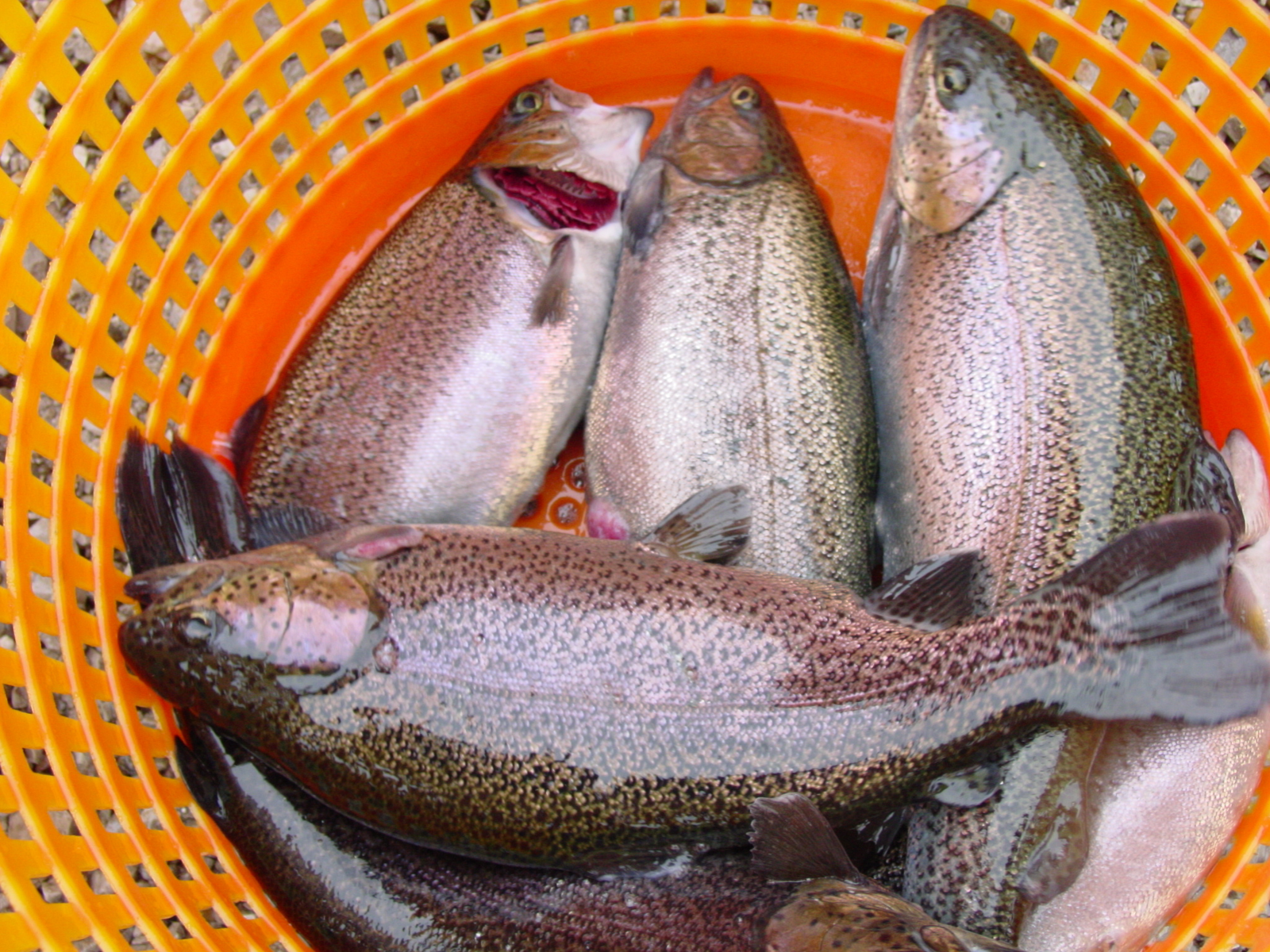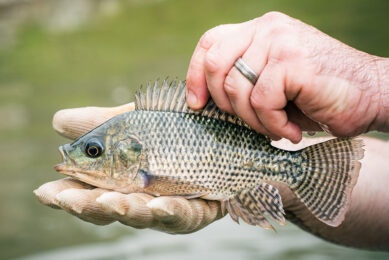FAO: Aquaculture can grow faster

Fish farming is likely to grow more than expected in the coming decade, offering a chance for improved nutrition for millions of people, especially in Asia and Africa, according to a new report.
Increased investment in the aquaculture sector – particularly in productivity-enhancing technologies including in the areas of water use, breeding, hatchery practices and feedstuff innovation – should boost farmed-fish production by as much as 4.14% per year through 2022, notably faster than the 2.54% growth forecast made earlier this year in a joint report by FAO and the Organization for Economic Cooperation and Development.
Fastest growth in Africa
“The primary reason for increased optimism is that there is ample room for catching up with more productive technologies, especially in Asia, where many fish farmers are small and unable to foot the hefty capital outlays the industry requires to expand output without running into resource constraints,” said Audun Lem, a senior official at FAO’s Fisheries and Aquaculture Policy and Economics Division and one of the lead authors of the 120-page report. Africa, with formidable water resources, should also host ongoing rapid growth of more than 5%a year, the fastest in the world but building on a very low current base level, according to the report.
Young industry
Aquaculture is a young industry compared to livestock farming and has grown from virtually nothing in 1950 and to a record production of 66.5 million tonnes in 2012, up almost thirty-fold since 1970. About 50% of the $127 billion in global fish exports in 2011 came from developing countries, which receive more net revenue from the fish trade than from their exports of tea, rice, cocoa and coffee combined, Lem said.
Alternatives to fishmeal
FAO’s report further suggests that increased demand on fishmeal prices due to aquaculture’s needs is unlikely to impact prices as alternatives, such as feed based on vegetable proteins, will be developed to meet needs and respond to price pressures. Such innovation is particularly important for Africa, where fish farmers rely heavily on imported feedstuff from European countries. A notable shift is already underway as Peruvian anchovy, Chilean mackerel and Scandinavian herring are increasingly being used for direct human consumption while more efficient use of other fish byproducts are being used for fish oil production.











